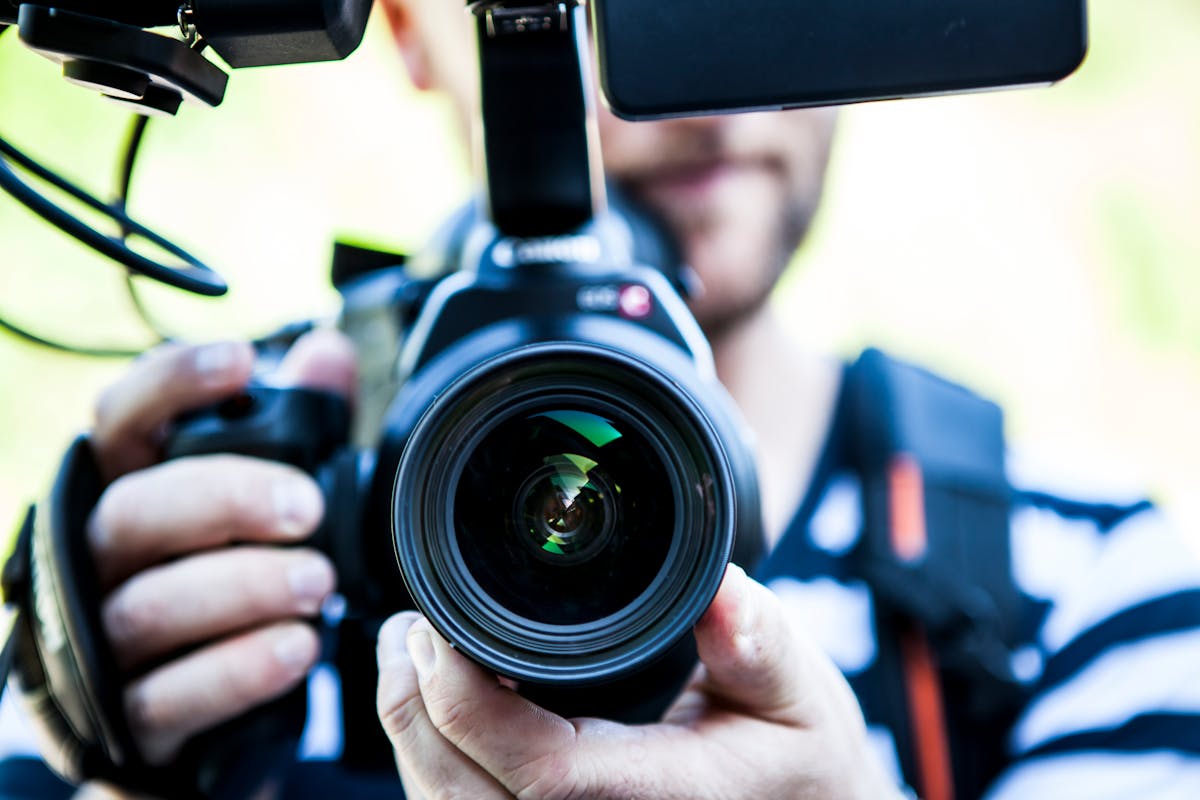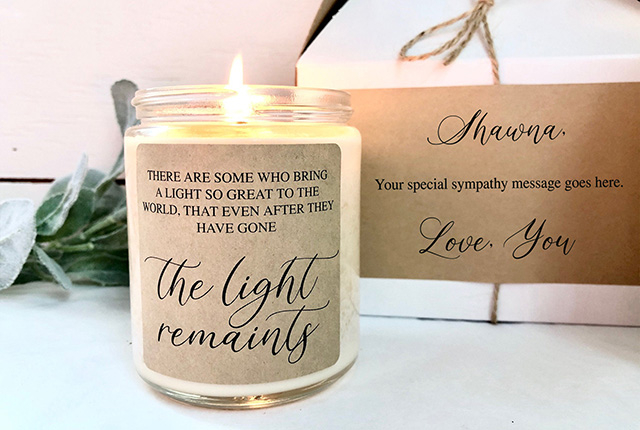Photography enthusiasts know that building a collection of quality lenses can quickly become expensive. Fortunately, there are plenty of budget-friendly options that deliver impressive results without breaking the bank—or feeling like low-quality compromises. Whether you’re a hobbyist, a budding content creator, or a professional looking for a reliable backup, the market has several lenses that punch above their price point. In this guide, we’ll explore the best budget lenses across various camera systems that deliver premium quality and performance at a fraction of the cost.
- Canon EF 50mm f/1.8 STM (“Nifty Fifty”)
No list of budget lenses would be complete without the classic Canon EF 50mm f/1.8 STM. Known affectionately as the “Nifty Fifty,” this lens offers exceptional image quality, a fast aperture for low-light conditions, and smooth background blur—all for under $150. Despite its plastic construction, it feels sturdy and is ideal for portraits, street photography, and even casual video work. The stepping motor ensures silent and accurate autofocus, making it suitable for vloggers and YouTubers as well.
- Sony E 50mm f/1.8 OSS
Sony mirrorless users looking for a solid portrait lens will find great value in the Sony E 50mm f/1.8 OSS. It features Optical SteadyShot (OSS) image stabilization, which is particularly helpful when shooting handheld or in low light. This lens is lightweight, compact, and delivers sharp images with beautiful bokeh, making it an excellent choice for photographers on a budget who don’t want to compromise on quality.
- Nikon AF-S DX 35mm f/1.8G
For Nikon DSLR users, the AF-S DX 35mm f/1.8G is a stellar lens that provides a natural field of view and sharp, vibrant images. It’s compact and lightweight, making it ideal for everyday use, and its f/1.8 aperture offers great low-light performance. Priced under $200, this lens is a must-have for Nikon shooters who want quality optics without draining their wallets.
- Fujifilm XC 35mm f/2
Fujifilm’s XC 35mm f/2 lens proves that great image quality doesn’t have to come with a high price tag. Though the XC line is typically considered Fujifilm’s entry-level range, this particular lens is built with the same optical design as its more expensive XF counterpart. The result is crisp, sharp images and beautiful depth of field at an unbeatable price. It’s a favorite among Fujifilm users who value performance and portability.
- Sigma 30mm f/1.4 DC DN Contemporary
Sigma’s Contemporary line has gained a solid reputation for offering high-quality optics at affordable prices, and the 30mm f/1.4 is no exception. Compatible with Sony E-mount, Canon EF-M, and Micro Four Thirds systems, this lens delivers stunning sharpness and low-light performance. It’s ideal for portraiture, events, and everyday photography, offering a premium feel and exceptional build quality that rivals more expensive lenses.
- Yongnuo YN 50mm f/1.8
Yongnuo has emerged as a competitive third-party lens manufacturer, and its YN 50mm f/1.8 is a testament to what’s possible on a tight budget. Designed for Canon and Nikon mounts, this lens offers similar performance to more established brands at a significantly reduced price. While it may not have the same autofocus refinement or build quality, it performs admirably for beginner photographers who want to explore prime lenses without a major investment.
- Meike 35mm f/1.7 Manual Focus
If you’re open to manual focus, the Meike 35mm f/1.7 offers tremendous value for mirrorless systems. This fully manual lens delivers a solid metal construction, bright f/1.7 aperture, and pleasing bokeh for under $100. It’s an excellent lens for those who enjoy the hands-on approach of manual photography and want a high-quality build without the high price.
What Makes a Lens Feel Premium?
When we talk about a lens that doesn’t “feel cheap,” we’re not just discussing the materials used—though build quality certainly plays a role. A lens feels premium when it delivers on image quality, has smooth and accurate focusing, and performs reliably in a variety of lighting conditions. Many budget lenses now come with features once reserved for higher-end glass, such as image stabilization, weather sealing, and fast apertures. It’s about how the lens handles in real-world conditions, whether it’s capturing a wedding, a photo booth rental New York event, or an impromptu portrait session in natural light.
Conclusion:
Choosing the best budget lens depends on your camera system, your shooting style, and your personal preferences. Fortunately, there’s never been a better time to find affordable lenses that don’t cut corners on performance. From the legendary “Nifty Fifty” to Sigma’s modern marvels and everything in between, you can build a highly capable lens kit without spending a fortune. The key is to find the right balance between price, performance, and usability—because the best budget lenses are the ones that inspire you to pick up your camera and start shooting.









